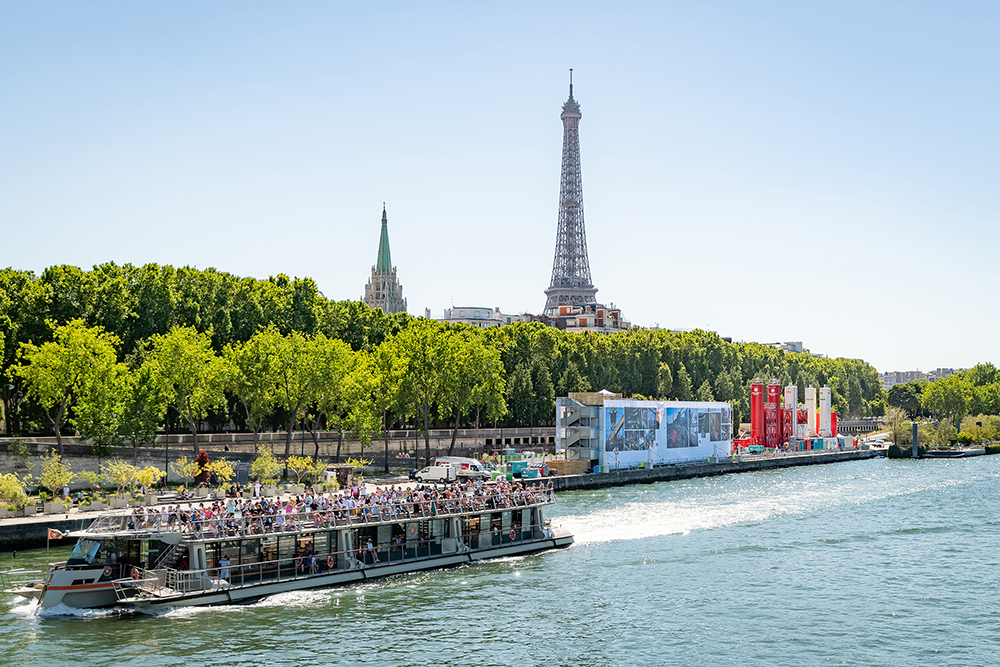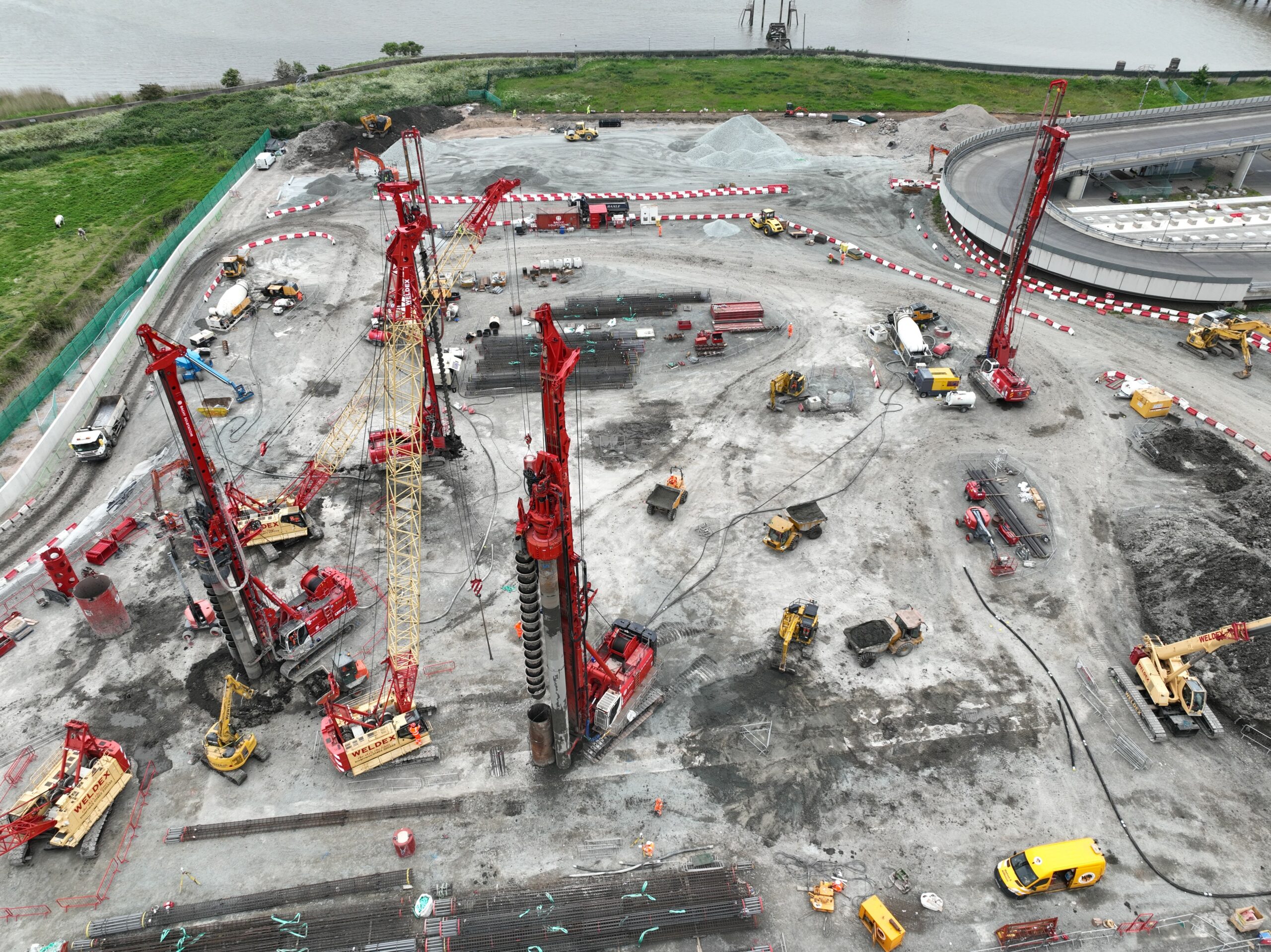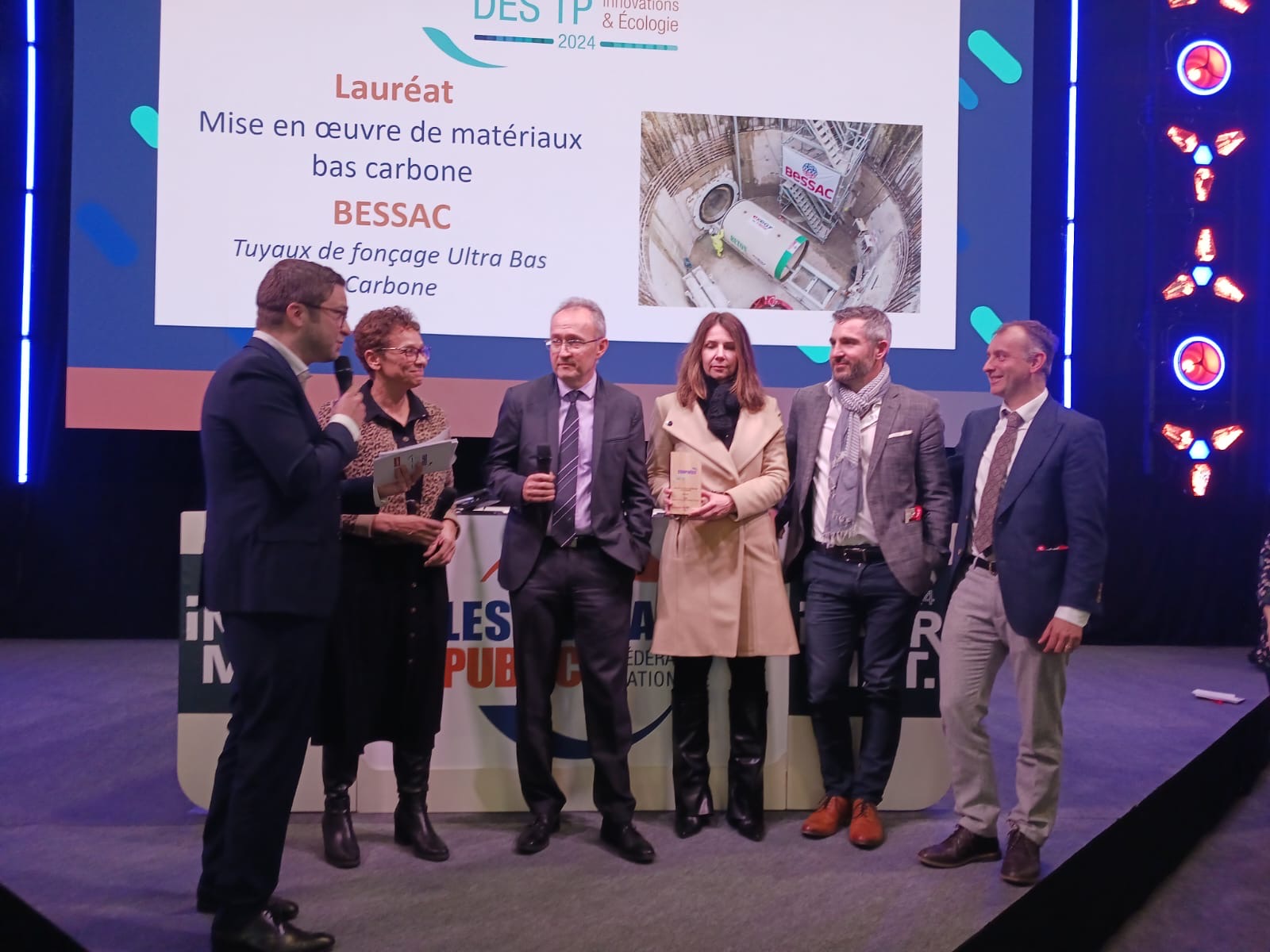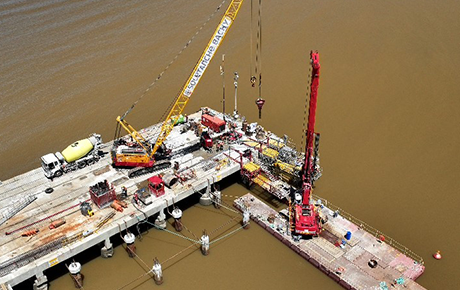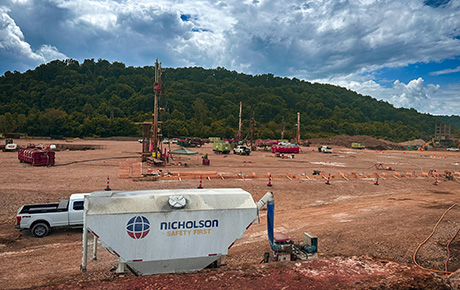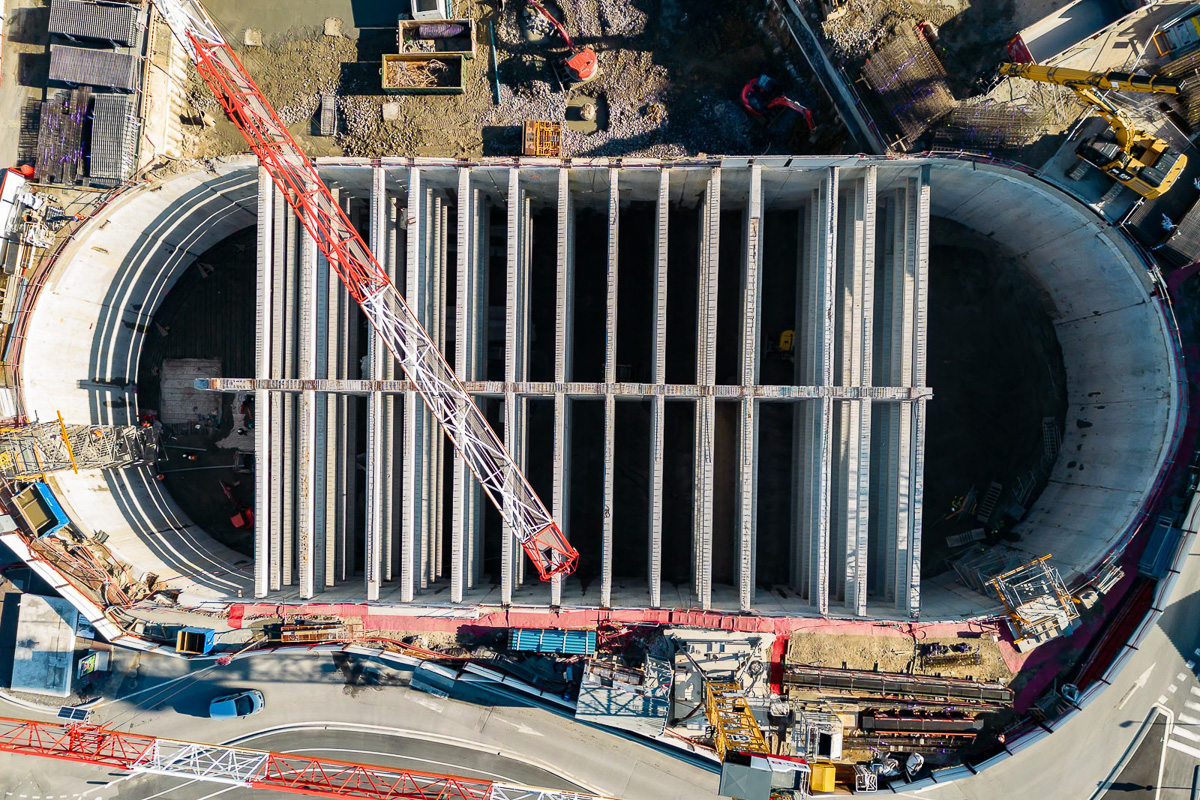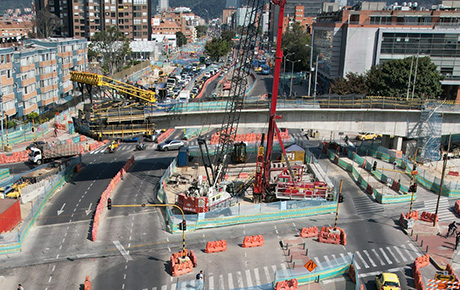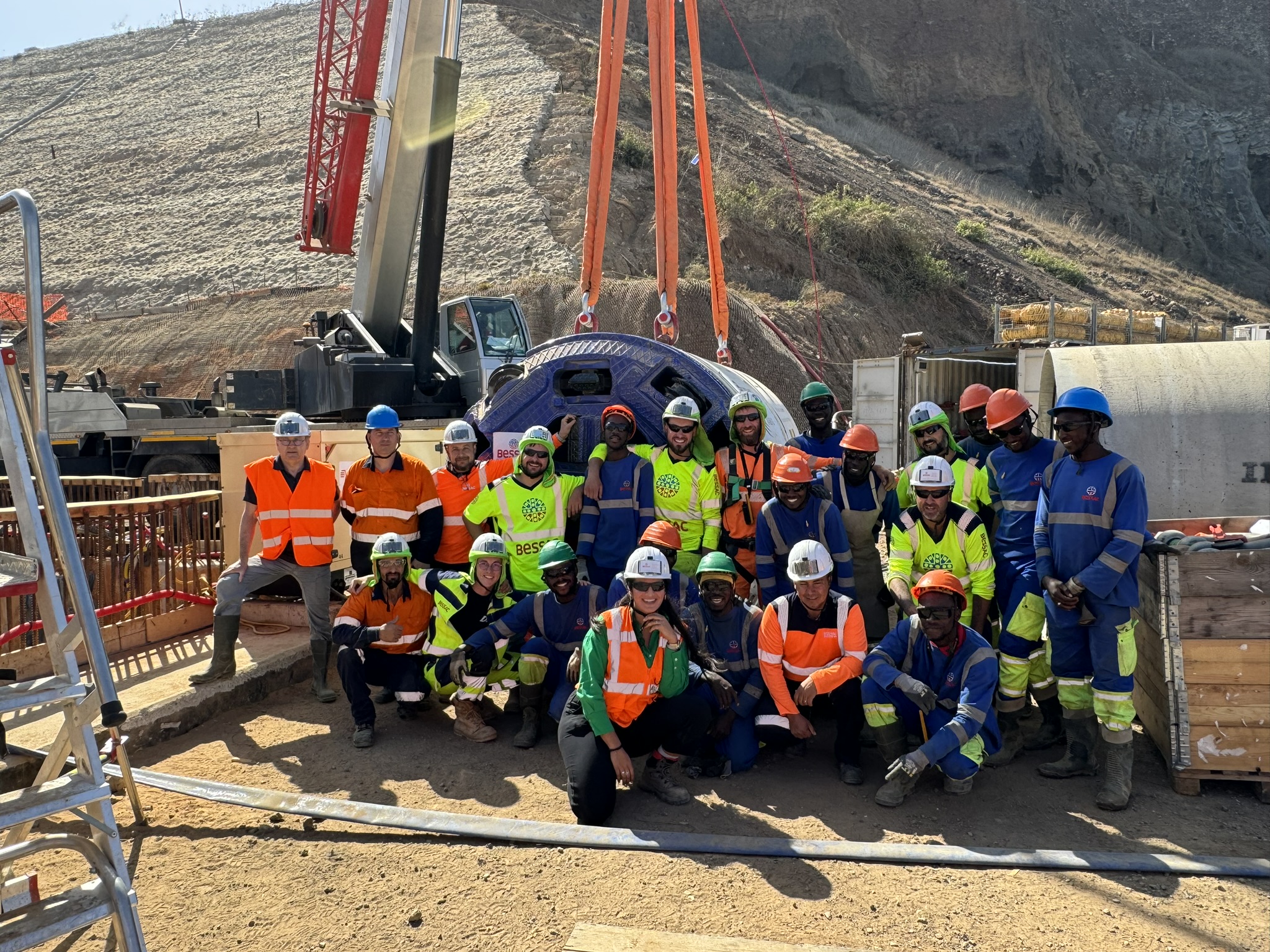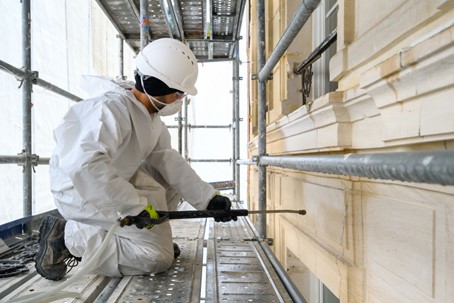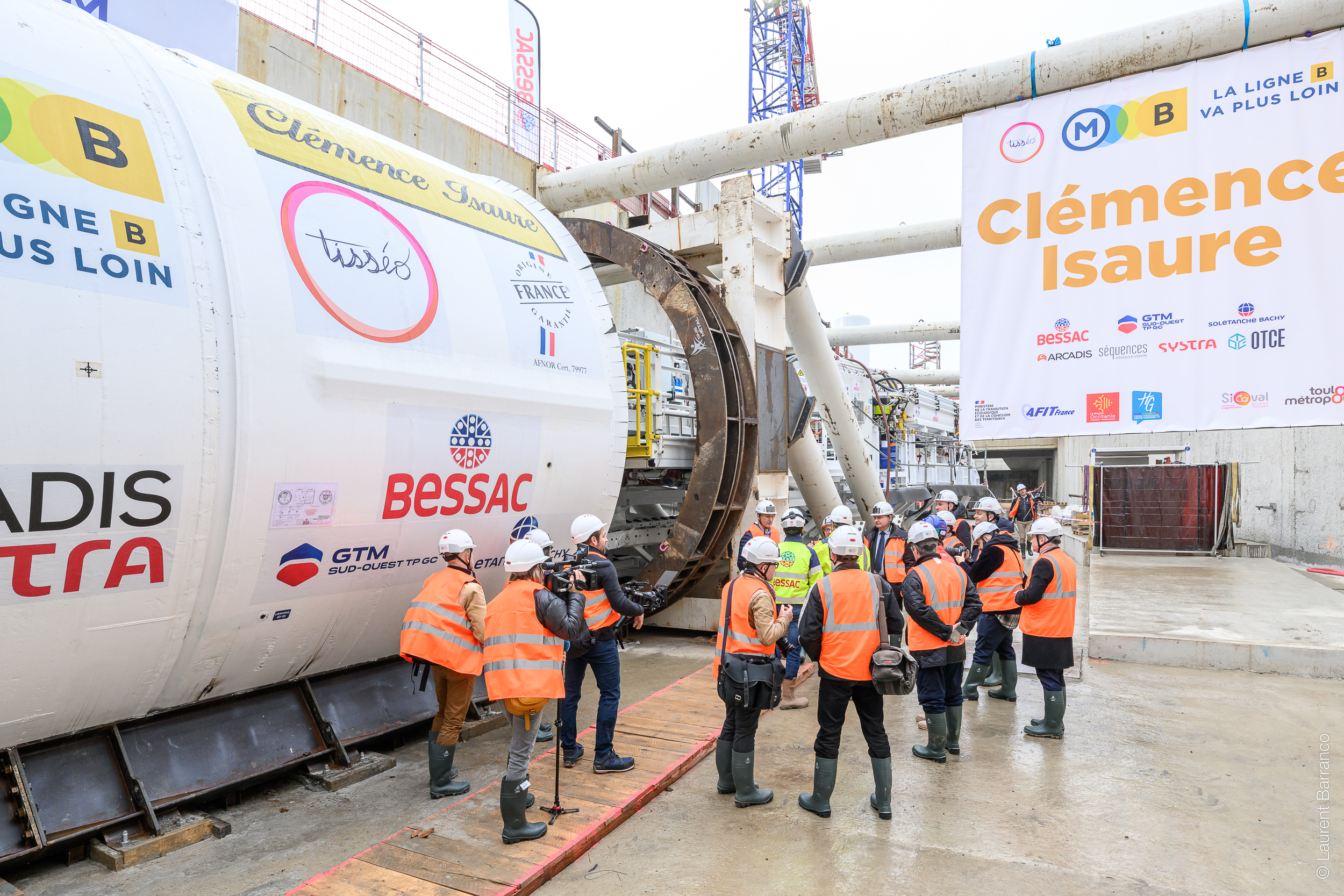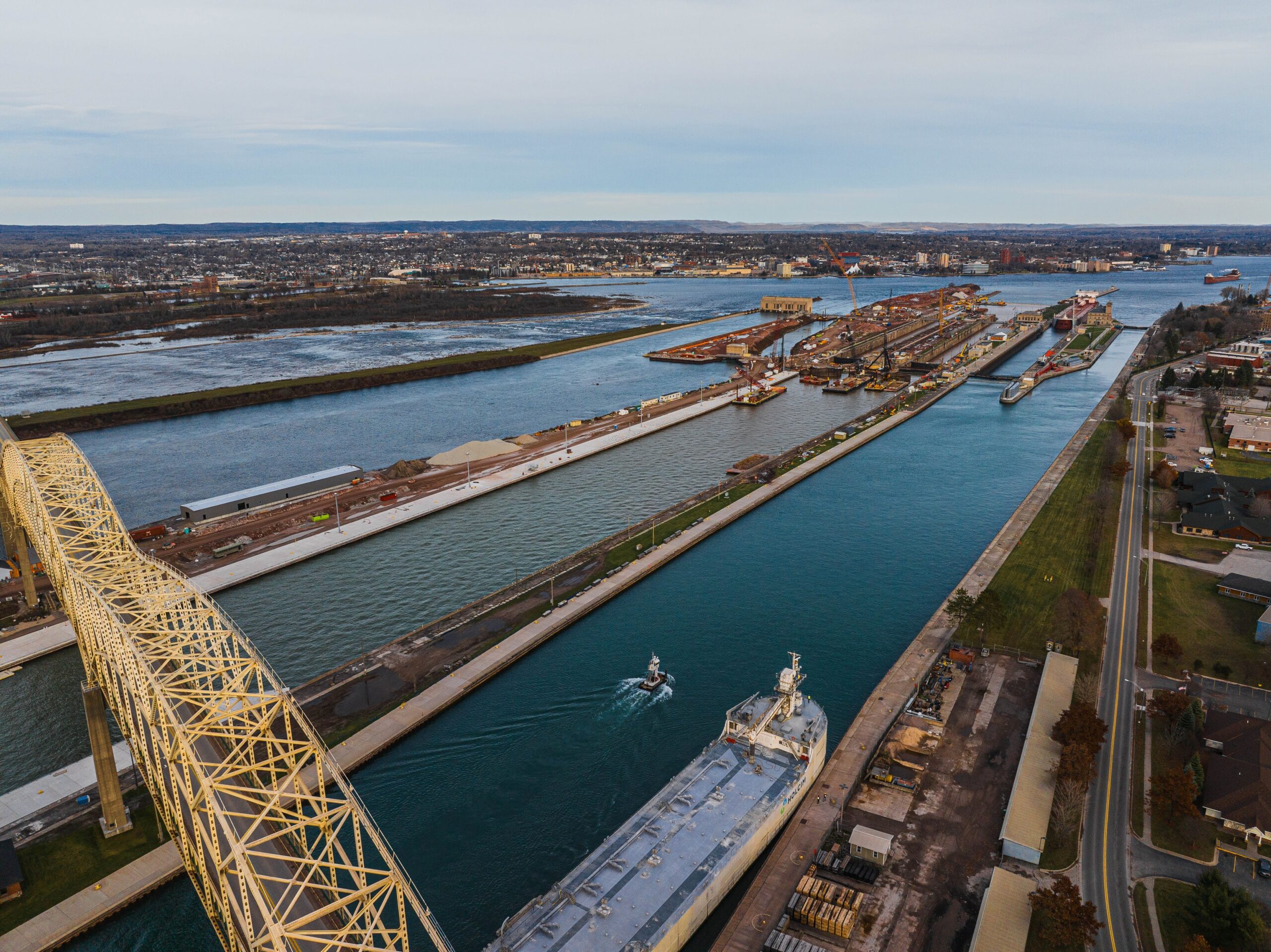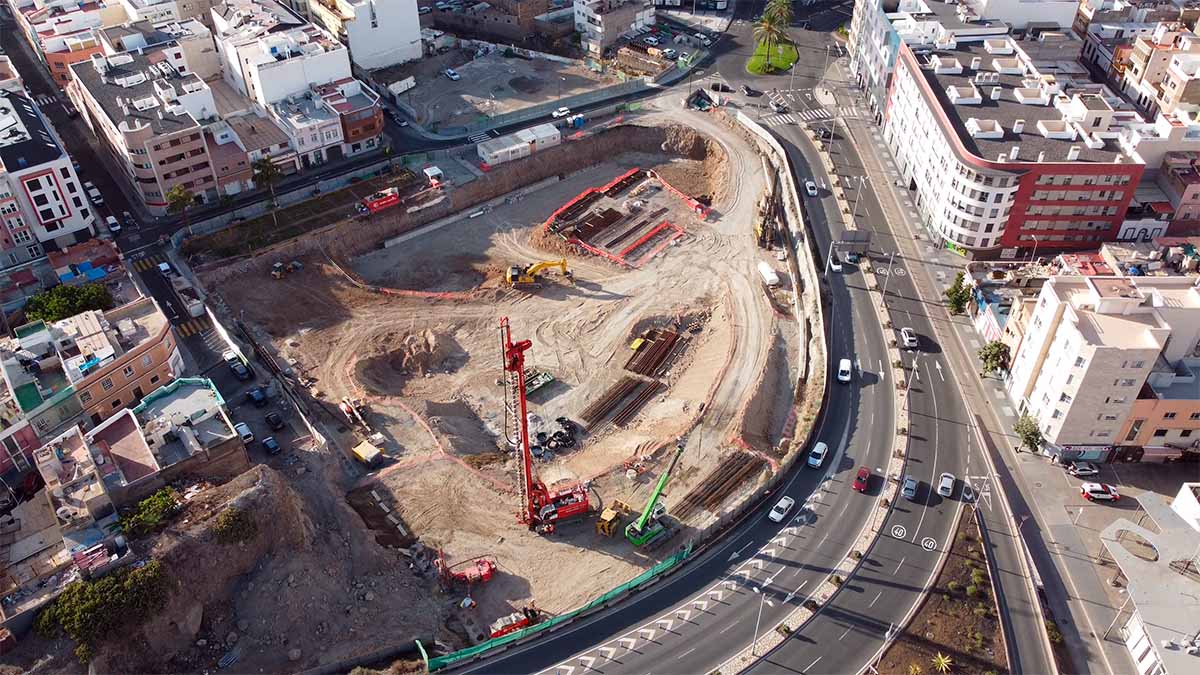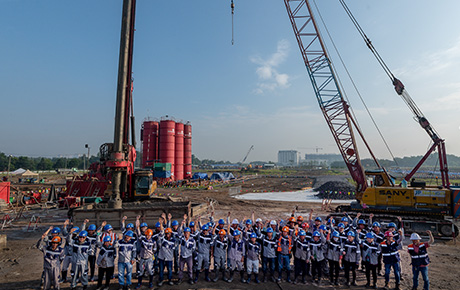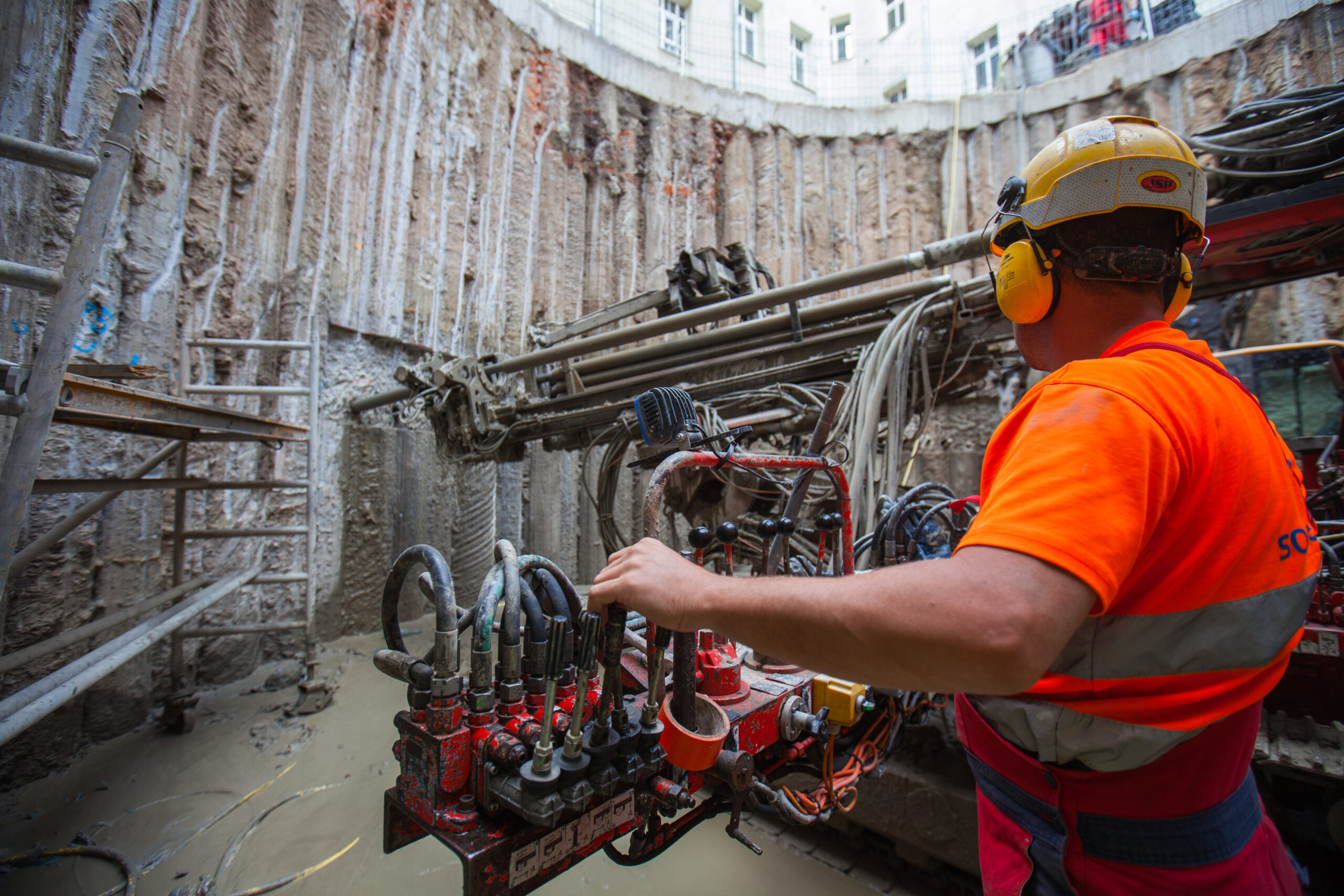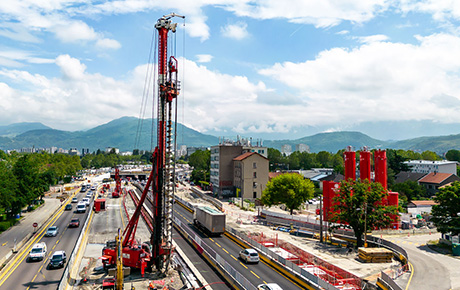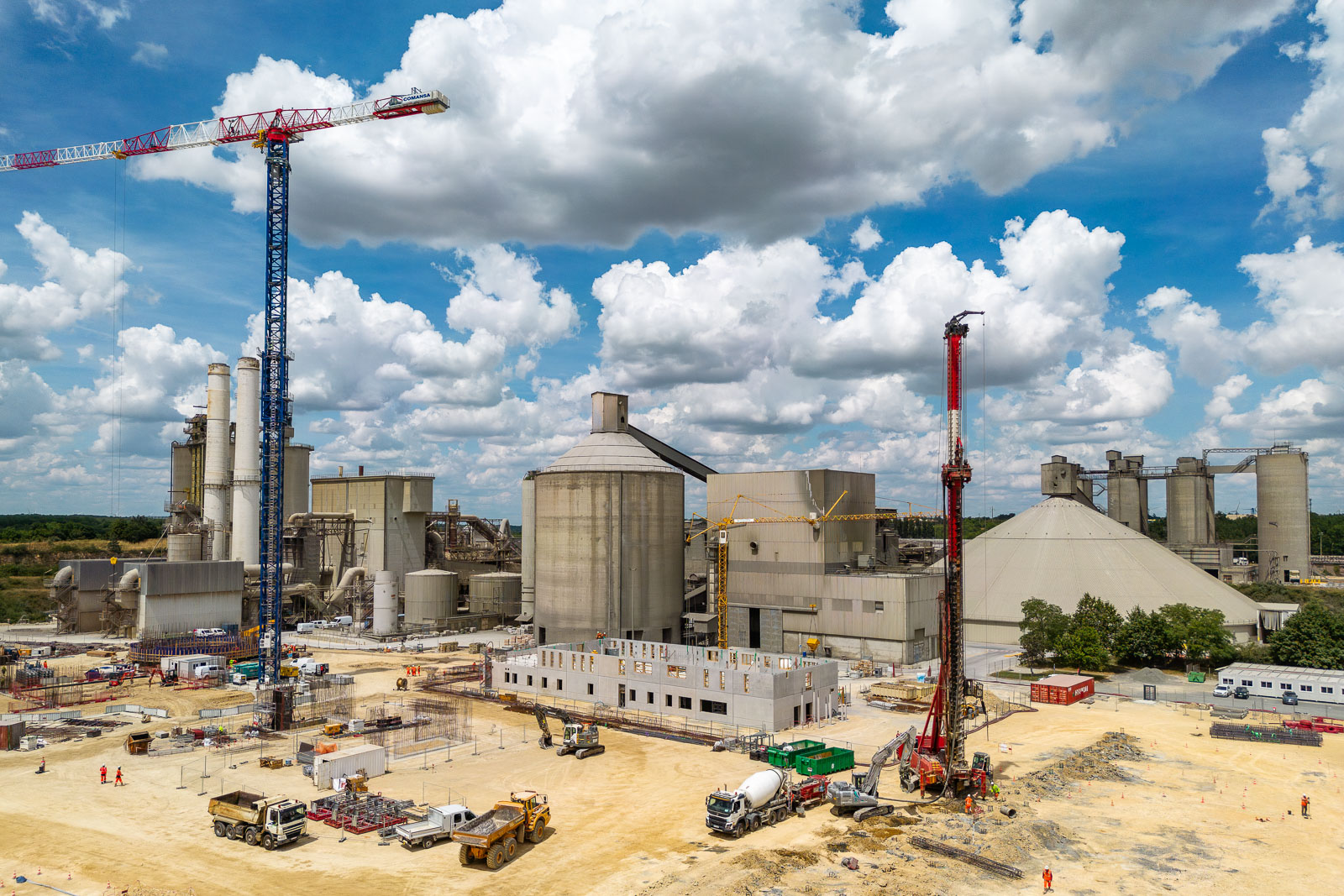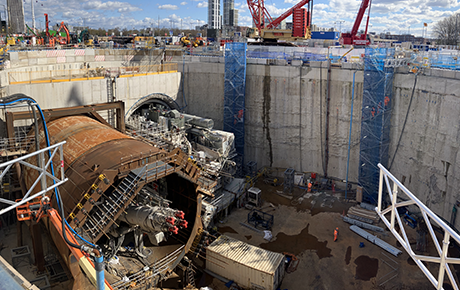14/10/2019
A look back at the CASTOR works done this summer on the RER C
After a year off in 2018, the Soletanche Bachy France jet grouting rigs were at work again this summer in the RER C tunnel. This 23rd campaign of work on Castor took place on the western branch of the RER C for the first time, between the stations of Les Invalides and Pont de l’Alma, on behalf of SNCF Réseau. We look back at six months of preparations for three weeks of intensive work.
Preparatory work
In March, the first installations began on the quayside at the Port du Gros Caillou, in the 7th arrondissement. To make things more interesting this year, not all of the site was available until after the end of the Formula E championship, 100% electric single-seater races (whose logistics base is located on the embankments of the Seine).
In April, the first works took place in a tunnel at night, while no RER trains were running. The teams needed to prepare the tunnel by installing electric cables, water supplies, jet pipes and decking.
In May and June, on the embankments of the Seine, the worksite offices were installed to house the 200 contractors over the summer, as well as the grouting plants. Unusually this year, a delivery of cement came by river. The installation therefore needed to be completely redesigned and adapted to this way of functioning, particularly by adding a filter to absorb the dust generated by unloading of the barges.
On 15 July, traffic was suspended after the last RER C train and work began on the tracks. TSO (an independent contractor) cut, dismantled and removed the track panels in 18m sections. They then laid nearly 3,000 tonnes of ballast. Once this had been completed, the jet grouting began.
Jet grouting works
The RER C line dates back to the beginning of the 20th century when it was built for the Paris Exposition Universelle (world fair). Reinforcement of the structure by jet grouting is required due to damage caused by:
- foundations in ground with varying mechanical characteristics (industrial fill, modern and ancient alluvial deposits),
an increase in rail traffic (a few trains a day in 1900 to more than one train every three minutes nowadays), - the flooding of the Seine (particularly in 2016 and 2018, which exert uplift on the structure).
Jet grouting involves improving the soil by drilling then injecting a grout (water + cement) at very high pressure (about 300 bars), to form columns.
One of the advantages of the jet grouting method is that it enables triple strengthening of the structure by:
- improving the foundations,
- improving contact between the slab and the foundations,
- improving the structure of the slab.
In 2019, the works involved creating 426 columns (81 for the side walls and 345 for the slab) between 5m and 8m deep. To complete them in the very tight deadline of three weeks, four jet grouting workshops and more importantly nearly 200 people were required. The teams took turns in three shifts, working 24 hours a day, from Monday to Saturday.
